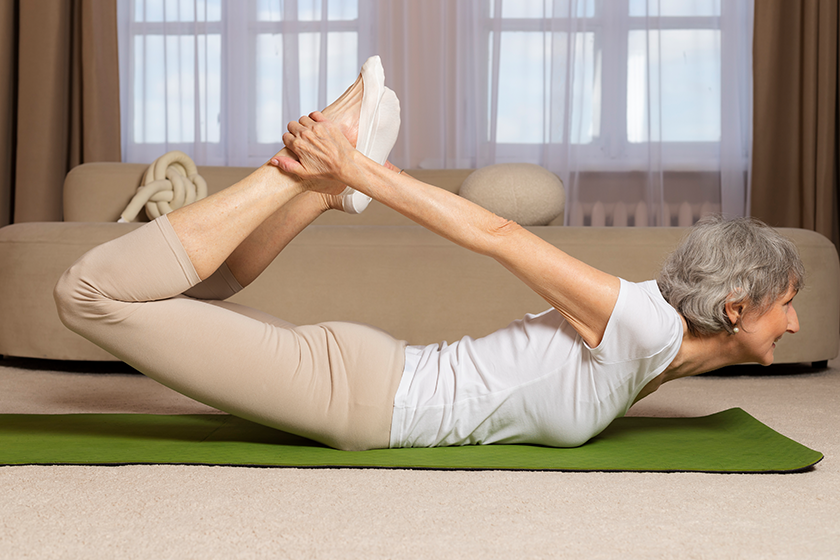Lower Back Pain Exercises For Seniors

Lower back pain is a common issue that affects many people, especially as they age. Finding effective exercises for lower back pain for seniors can significantly enhance daily comfort and mobility. Engaging in regular, low-impact exercises can not only alleviate pain but also improve overall strength, flexibility, and quality of life.
The Importance of Staying Active
Staying active is crucial for managing lower back pain. Regular physical activity helps maintain muscle strength, improves flexibility, and supports a healthy spine. A mix of aerobic, strengthening, and stretching exercises is often most effective for you. These exercises can be done at home or in a community setting and are tailored to suit varying mobility levels.
Aerobic Exercises to Get You Moving
Low-impact aerobic exercises are gentle on the back while promoting cardiovascular health. Walking is a simple yet effective way to stay active and improve circulation. Swimming offers an excellent alternative for those who prefer water-based activities.
The buoyancy of water reduces pressure on the joints and spine, making it an ideal choice for those with chronic pain. If you have access to equipment, consider using an elliptical machine, which provides a low-impact workout without straining the back.
Strengthening Your Core and Back Muscles
Strengthening the muscles around your spine is key to reducing back pain and preventing further injury. Focus on exercises that build core strength and enhance stability. One effective exercise is abdominal bracing, which involves tightening your stomach muscles as if preparing for a punch.
You can also try glute bridges. Lie on your back with your knees bent and lift your hips towards the ceiling, squeezing your glutes. This exercise strengthens your back and engages your core and lower body.
Planks are another beneficial exercise that works the core muscles without putting undue stress on the back.
Stretching to Improve Flexibility
Incorporating stretching into your routine helps relieve muscle tension and improves flexibility, which can reduce pain and discomfort. A simple seated hamstring stretch can be done on the edge of a chair. Extend one leg straight out and reach towards your toes, holding the position for a few seconds before switching sides.
Trunk rotation stretches are also effective. While seated, cross your arms and gently rotate your upper body from side to side, stretching the muscles around the spine. Kneeling back stretches can further relieve tension.
Simple Seated Stretches for Greater Comfort
For those with limited mobility, seated stretches provide a safe way to improve flexibility and reduce pain. Try the seated leaning stretch by lifting one arm overhead and leaning to the opposite side. This stretch targets the side muscles of the back and improves the range of motion.
Another helpful exercise is the marionette stretch. Sit upright in a chair, imagine a string pulling your head upwards, and hold the position to lengthen and align your spine.
Safety First: Exercising with Caution
Before beginning any exercise routine, consult a healthcare provider to ensure it's safe based on your specific health conditions. Always start with a warm-up to get your muscles ready. Remember, exercises should not cause pain; if they do, stop immediately.
Breathing regularly throughout your workout helps maintain oxygen flow and prevents strain. Gradual progression is key—start slowly and increase intensity as your strength and flexibility improve.
Interested in maintaining an active lifestyle in a supportive environment? We offer exclusive programs, activities, and events to keep you engaged and healthy. Contact us to learn more about our Independent Living community and how we can help you stay active and pain-free.
.png?width=250&height=65&name=Bethel%20Park%20white%20(1).png)